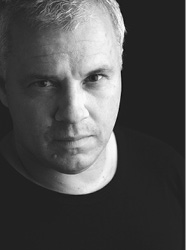 Matthew Condon is a prize-winning Australian novelist and journalist. He began his journalism career with the Gold Coast Bulletin in 1984 and subsequently worked for leading newspapers and journals including the Sydney Morning Herald , the Sun-Herald , Melbournes Sunday Age and the Courier-Mail . He has written ten books of fiction, including The Trout Opera , and is the author of the best-selling true-crime series about Queensland crime and corruption Three Crooked Kings (2013), Jacks and Jokers (2014), All Fall Down (2015) and Little Fish are Sweet (2016).
Matthew Condon is a prize-winning Australian novelist and journalist. He began his journalism career with the Gold Coast Bulletin in 1984 and subsequently worked for leading newspapers and journals including the Sydney Morning Herald , the Sun-Herald , Melbournes Sunday Age and the Courier-Mail . He has written ten books of fiction, including The Trout Opera , and is the author of the best-selling true-crime series about Queensland crime and corruption Three Crooked Kings (2013), Jacks and Jokers (2014), All Fall Down (2015) and Little Fish are Sweet (2016).
For my wife, Katie Kate
he is colour blind in the red, green and brown colours he is hard to frighten he is very methodical he does not like sunlight because he is very fair-skinned he has the tattoo of St George and the Dragon on his chest, on his back and both legs. Witness statement about Vincent ODempsey given to the Crime Intelligence Unit, Brisbane 1974
He takes you in the middle of the night, like an angel, and youre gone for good. Witness at Vincent ODempseys committal hearing, Brisbane 2015
Vincent Odempsey appeared in the glassed-in dock of a Brisbane court, his hair slicked back, his gaze shifting to all quarters of the courtroom. Even in profile, he had a bird-like countenance. His penetrating black eyes and the slight, almost imperceptible movements of his head were like that of a hawk, attuned to the slightest shift in the landscape, or the potential for a trap.
In criminal circles his presence had been felt since the 1960s, and while he had brushed up against the judicial system for various petty offences, he remained an ominous figure at the edge of the firelight. Here was the person other serious criminals described as the most feared man in the Australian underworld. It was rumoured he was a cold-blooded killer the likes of which this country had never seen the man with his own private graveyard that, as Warwick locals quipped over the years, was so full that the bodies had to be buried upright to save space. Now, here he was in the full light of day, like some bogeyman in a dark childrens fairytale, or an ancient myth, come to life and captured in the bowl of the court dock. The legendary Vincent ODempsey pugilist, bird breeder, alpaca farmer, bushman and munitions expert out of Warwick, Queensland.
In certain circles he was nicknamed Swami the Magician, because he made people disappear. Others called him the Angel of Death who came for you at night, or Silent Death. When he was imprisoned in his late-twenties for break, enter and steal, and possession of an unlicensed firearm, word filtered through Boggo Road Gaol that ODempsey already had at least one murder notched on his belt.
For the next fifty-odd years he would intermittently do time for various drug and weapons offences, and all the while the myth grew around him. In the press and even in State Parliament the speculation persisted that various cases of people missing and presumed murdered were the work of this one man. Yet, ODempsey always denied the allegations of murder levelled against him, and despite being suspected of multiple murders on the recommendation of a coroner in 1980, the case never made it to court. For decades, even his own criminal associates wondered: How did he get away with it?
It wasnt until more than half a century after his supposed first kill that police would unearth a criminal accomplice who was prepared to testify against ODempsey in court.
Finally, time had caught up with the Night Dragon.
Day of Reckoning
It was the first day of winter 1 June 2017 and by 9.45 a.m. in the Queen Elizabeth II Courts of Law building on George Street in Brisbanes CBD, the public gallery was almost full. For more than a month a core group of spectators detectives, civilians, legal observers, the media had been gathering in the watery morning light outside Court 7 with its view north to the citys old convict windmill on the Wickham Terrace ridge. They had gotten to know each other during the course of the murder trial of Vincent ODempsey, 78. They had come by train and by car and by foot. There were nods and banter.
As the weeks progressed, the appearance of an unknown face in the crowd would prompt observation and questions. Do you know who that is? Are they with ODempseys side? These spectators had become bound by the mechanics of the trial, with its many obvious and hidden parts, its occasional levity, and enduring horror.
On 16 January 1974, a woman called Barbara McCulkin and her two daughters, Vicki, 13, and Leanne, 11, had disappeared from their modest rental home at 6 Dorchester Street, Highgate Hill, in South Brisbane. They were never seen again.
The old Queenslander in Dorchester Street has changed little in the past four decades. Perched on a steep, narrow block, its stumps short at the front and tall at the back, the standard timber and tin workers cottage was like many that proliferated the citys working-class inner suburbs a century ago.
But on 16 January, 43 years earlier, life stopped at this address. At the time of her presumed murder, Barbara was married to local petty thief and low-level gangster Robert William Billy McCulkin. A heavy drinker and perennial layabout, he had left the family home for another woman in late 1973 but stayed in touch with Barbara and the kids.
The vanishing of the McCulkins came less than a year after a string of arson attacks in Brisbanes notorious Fortitude Valley precinct. One of those fires, at the Whiskey Au Go Go nightclub on 8 March 1973, had killed 15 innocent people in what was then considered Australias biggest mass murder.
Two men John Andrew Stuart and James Richard Finch were swiftly arrested and convicted of the crime. But Barbara, who worked in a snack shop in the city and did her best to provide for her children, knew some powerful truths about the fires. Her house in Dorchester Street had become a veritable clubhouse for McCulkins criminal associates, including Vincent ODempsey and a local gang who would later become known as the Clockwork Orange Gang. In the months before and after the Whiskey Au Go Go tragedy, Barbara had picked up enough information in that small house, with its VJ timber walls, to put away not only many of Billys friends but McCulkin himself.
When Barbara and the girls vanished, rumours immediately circulated that ODempsey, a vicious career criminal along with his sidekick, Garry Reginald Shorty Dubois, had done away with the McCulkins because of what Barbara knew about the Whiskey. Now, more than four decades later, both ODempsey and Dubois had been found guilty of multiple charges against the McCulkins, including murder, rape and deprivation of liberty. They were tried separately, but on 1 June 2017, the day of reckoning, they were to be sentenced for their crimes by trial judge, the Honourable Justice Peter Applegarth.
Relatives of ODempsey and Dubois, as was their custom during their respective trials, sat in the gallery seats directly behind the extended glassed-in dock to the left of the court behind the bar tables. One of Barbara McCulkins brothers, Graham Ogden, with his wife and children, also took their regular seats at the rear of the court.
At precisely 9.55 a.m. Dubois was escorted to the dock by correctional officers via a side door. During both his committal hearing and trial, Dubois showed in his gait and demeanour a total indifference to the gravity of proceedings. Small of frame, head shaved, dressed in khaki trousers and a floral shirt that appeared too big for him, Dubois walked to the dock like a truculent child, his feet dragging slightly, his lined face a rubbery, blank palette. Dubois sat at the far end of the dock and placed his right arm along the bench seat like he was going for a Sunday drive in one of his beloved Studebakers.

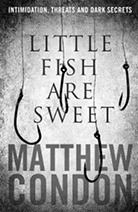

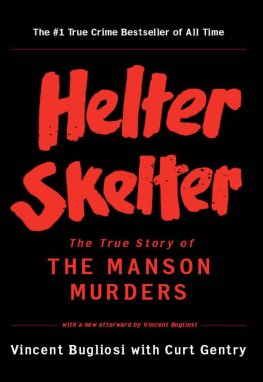
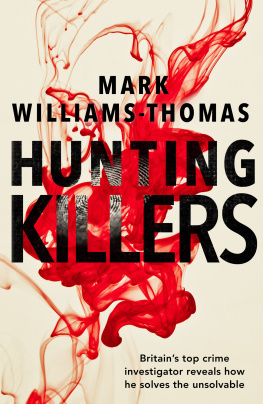
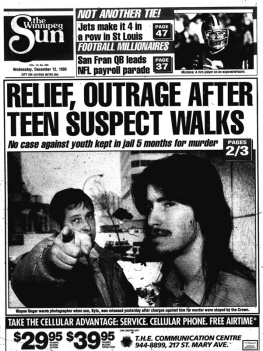
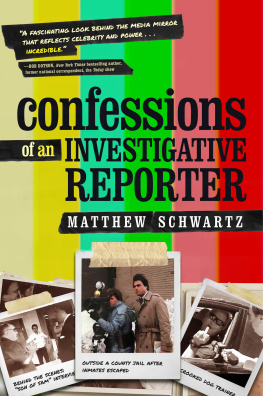
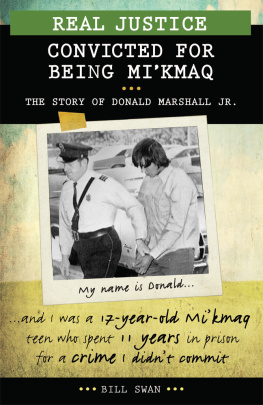
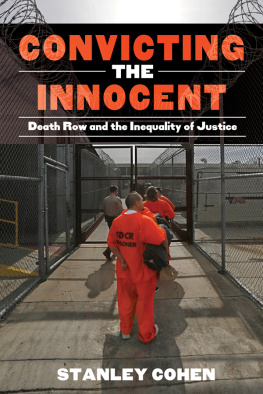




 Matthew Condon is a prize-winning Australian novelist and journalist. He began his journalism career with the Gold Coast Bulletin in 1984 and subsequently worked for leading newspapers and journals including the Sydney Morning Herald , the Sun-Herald , Melbournes Sunday Age and the Courier-Mail . He has written ten books of fiction, including The Trout Opera , and is the author of the best-selling true-crime series about Queensland crime and corruption Three Crooked Kings (2013), Jacks and Jokers (2014), All Fall Down (2015) and Little Fish are Sweet (2016).
Matthew Condon is a prize-winning Australian novelist and journalist. He began his journalism career with the Gold Coast Bulletin in 1984 and subsequently worked for leading newspapers and journals including the Sydney Morning Herald , the Sun-Herald , Melbournes Sunday Age and the Courier-Mail . He has written ten books of fiction, including The Trout Opera , and is the author of the best-selling true-crime series about Queensland crime and corruption Three Crooked Kings (2013), Jacks and Jokers (2014), All Fall Down (2015) and Little Fish are Sweet (2016).